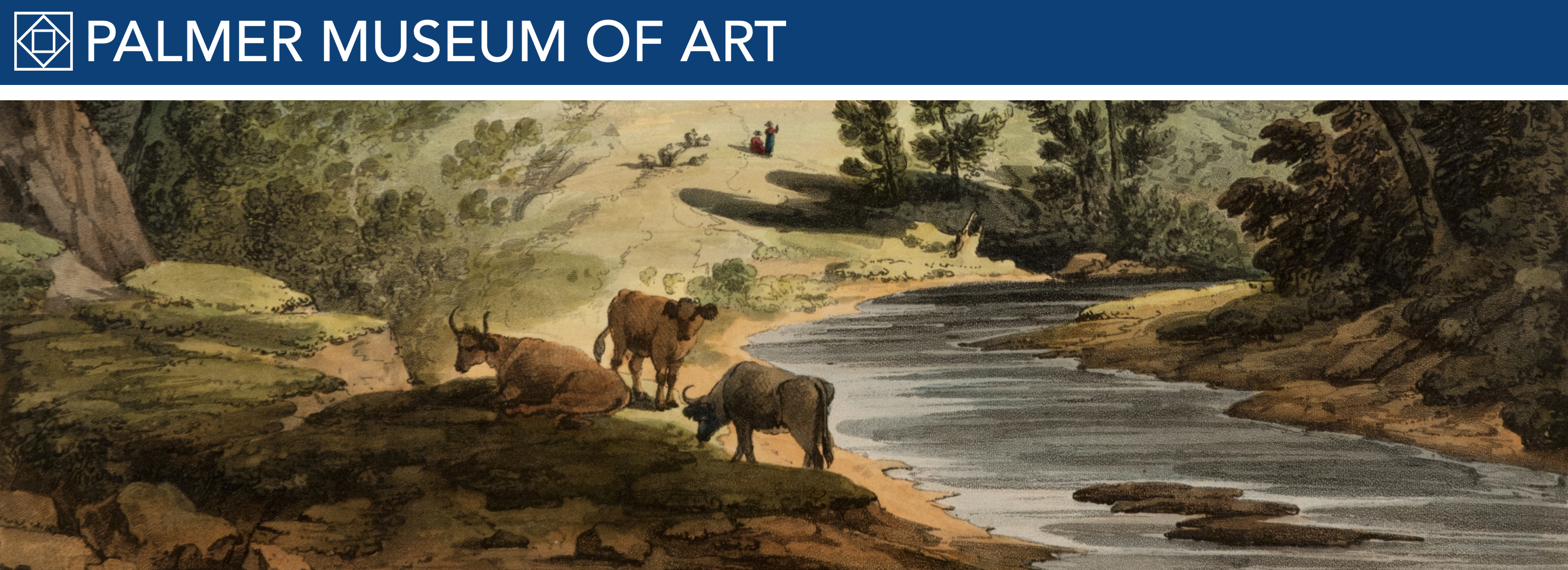Pennsylvania Scenery
James T. Willmore
English, 1800–1863
After Thomas Creswick
English, 1811–1869
After William Henry Bartlett
English, 1809–1854
Wilkesbarre
Engraving and etching on steel, with hand coloring, 4 3/4 x 7 inches
From Part 16 of American Scenery; or, Land, Lake, and River: Illustrations of Transatlantic Nature
Published September 1, 1838, by George Virtue, London
Partial gift and purchase from John C. O’Connor and Ralph M. Yeager
86.588
Publisher George Virtue hired English artist Thomas Creswick to redraw a handful of Bartlett’s sketches, including this view of Wilkes-Barre (as the name of the city is currently spelled), supposedly to give his engravers a clearer understanding as to how the landscapes should be realized. The hand coloring, evident in all the American Scenery prints exhibited here, is not original to the portfolio. It was added at some point following its publication at the behest of an owner or possibly by a dealer wishing to render the image more marketable.
The narrow body of water flowing adjacent to the much broader Susquehanna River is the Wyoming Division Canal. Canals were necessary for making the Susquehanna, wide-ranging but in places notoriously shallow, consistently navigable for the transportation of goods. Completed in 1834, the Wyoming Division was critical for the shipment of anthracite coal, which was just beginning to be mined in large quantities in northeastern Pennsylvania.

